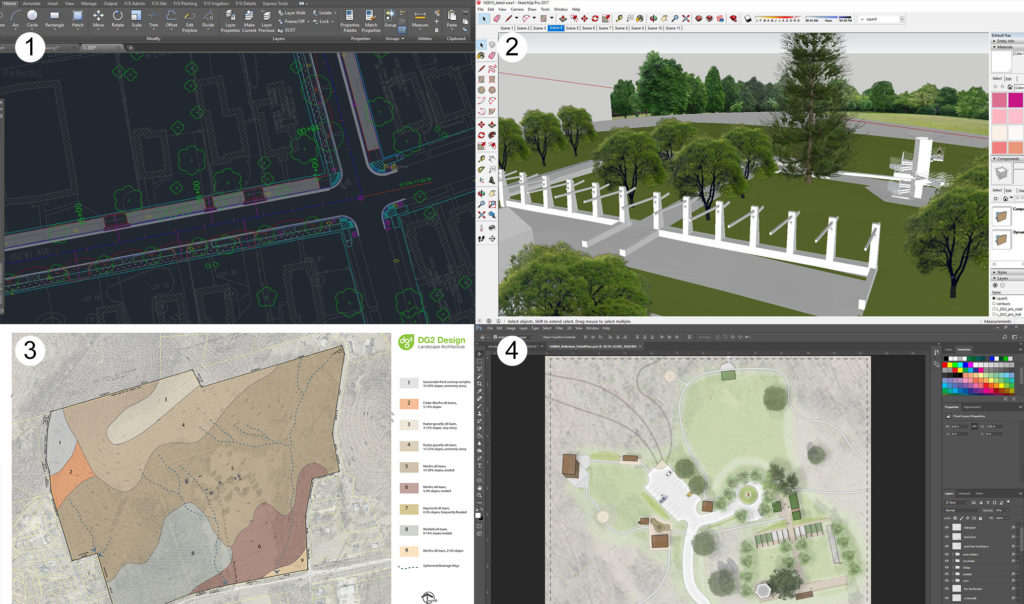


Change the orientation of the load in order to generate a pneumatic shape. An initially straight, slender beam deflects under a globally oriented line load. Its eccentricity with respect to the connecting line of the endpoints causes bending.The faint, light blue lines at the beams endpoints symbolise eccentricitites which are rigid in the calculation.ĮccentricBeam.gh (requires trial or pro-version) Catenary: Karamba can handle large deflections. A transverse shear joint is defined at its right node.īeamWithShearHinge.gh (requires trial or pro-version) Beam with eccentricity: This example shows a beam under axial compression. This definition shows a beam with fixed supports on both ends under dead-weight. LocallyOrientedSupports.gh Hinges on beams: Beams can have hinges at their endpoints. Locally oriented supports: Example of a simply supported beam under a uniform line load with supports that can be arbitrarily rotated. LargeDeformationFormFinding_2.gh Eigenmodes: Lets you explore the eigenmodes of a rectangular grid of beams.Įingenmodes.gh Optimization of support conditions: This definition uses Galapagos to find the support positions for the minimum deflection of a rectangular grid of beams.įindBestSupportPositions.gh Natural vibrations: Natural vibration modes and frequencies of a simply supported beam.īeamNaturalVibration.gh (requires trial or pro-version) Force Flow Finder: Topology resulting from applying the ForceFlowFinder-component to an irregular triangular mesh structure with two load cases.įorce flow in structures: by reducing a structure to those elements that carry most of the external loads one can use the flow of internal forces for form-finding and topology optimization. LargeDeformationFormFinding_1.gh Formfinding II: Variable bending stiffness in the grid of beams can be used to fine-tune the resulting shape. ScaleOpeningsByInnerForces.gh Formfinding I: Creation of shapes via large deformation analysis. Informed geometry I: Shows how to scale the size of openings in a structure depending on internal forces. The picture shows material utilization plus force flow lines.


Optimize shape of Tower: The shape of a tower made up of shell elements is optimized for minimum deflection. Shape optimization of a shell with Galapagos: The z-coordinates of points on the boundary of a shell are optimized so that the maximum deflection under the given point loads is a minimum. The color plot displays local material utilization. They require Grasshopper 0.9.006 and karamba 1.0.0.Įxamples for more current versions of Grasshopper can be found at Cantilever with shell elements: Force flow lines in horizontal direction on a shell structure. The examples below demonstrate the usage of the different features of karamba.


 0 kommentar(er)
0 kommentar(er)
